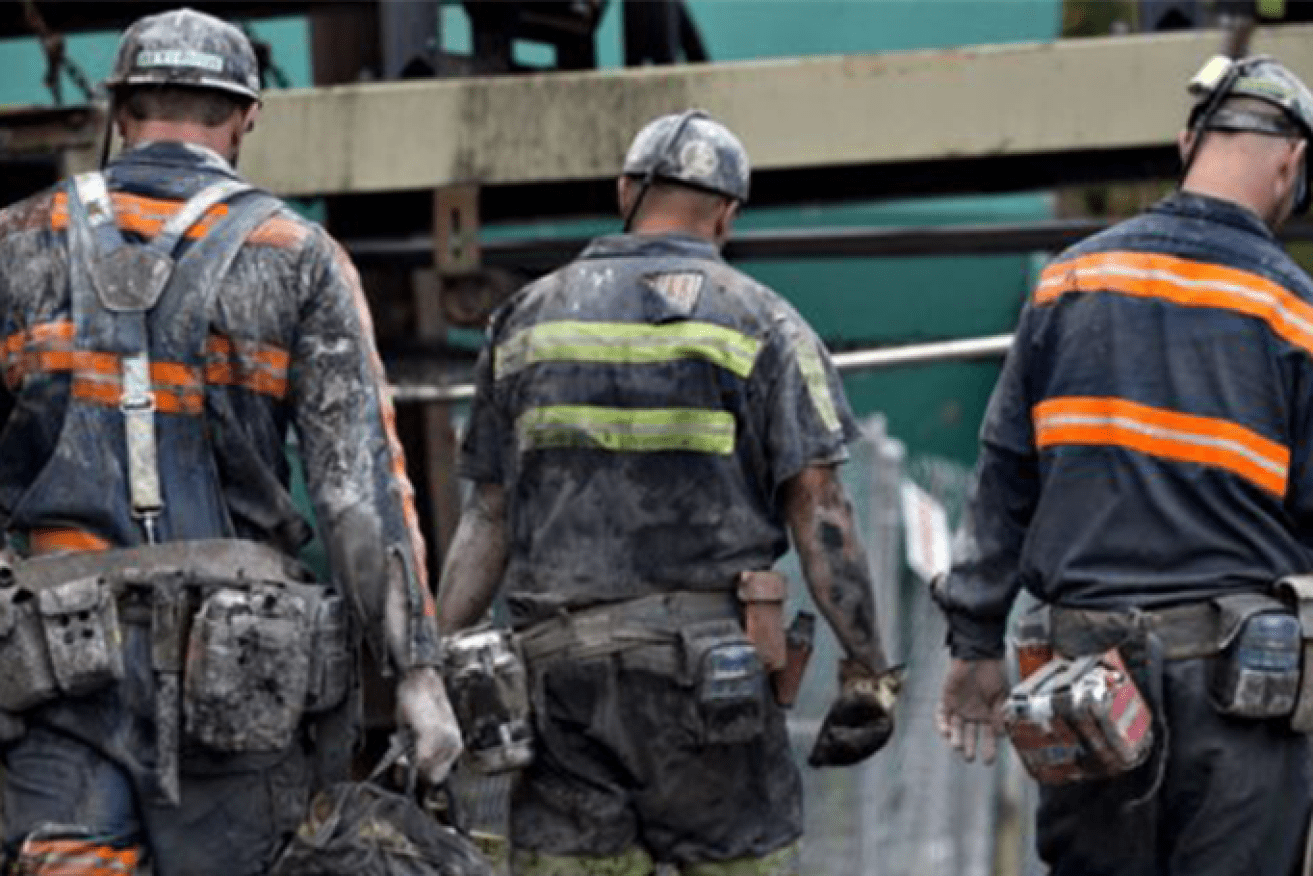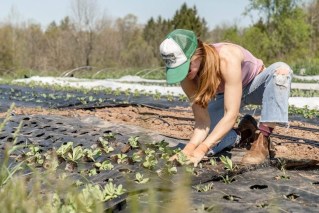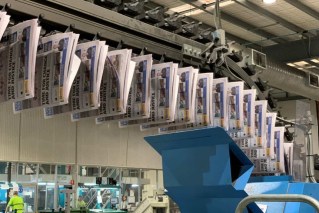Coal killer? Rio Tinto discovers low-carbon process for making steel
Rio Tinto believes it has found a way to produce steel without coal in a process that could have severe impacts on Queensland’s mining sector and economy.


The Carborough mine was granted an 11-year extension
The process is at least a decade away from being commercialised but may hasten the need for the state’s transition to hydrogen, which can also be used in steel production, but is considered to be probably 20 years away from being a serious option.
The impacts of climate change are starting to be profound for business and the Reserve Bank today warned that the likelihood of more significant divestment from Australia over climate change was increasing.
In a speech today, deputy governor Guy Debelle said one of the divestments was when Riksbank discontinued its investment in Queensland and WA state government paper a few years ago.
“There is a risk we will see more of these divestment decisions sooner rather than later,” Debelle said.
Rio said it was progressing an innovative new technology using sustainable biomass in place of coking coal in the steelmaking process. It said it was a potentially cost-effective option to cut industry carbon emissions.
It has developed a laboratory-proven process that combines the use of raw, sustainable biomass with microwave technology to convert iron ore to metallic iron during the steelmaking process.
It added that it had other options to try to lower emissions in the steel value chain, but the biomass process was now being further tested in a small-scale pilot plant.
If trials were successful, there was the potential over time for this technology to be scaled commercially to process Rio Tinto’s iron ore fines.
Rio Tinto Iron Ore Chief Executive Simon Trott said the company was encouraged by early testing results of this new process and it could provide a cost-efficient way to produce low-carbon steel from its Pilbara iron ore.
“More than 70 per cent of Rio Tinto’s Scope 3 emissions are generated as customers process our iron ore into steel, which is critical for urbanisation and infrastructure development as the world’s economies decarbonise.
“So, while it’s still early days and there is a lot more research and other work to do, we are keen to explore further development of this technology.”
The company said the process used plant matter known as lignocellulosic biomass, instead of coal, primarily as a chemical reductant. The biomass is blended with iron ore and heated by a combination of gas released by the biomass and high efficiency microwaves that can be powered by renewable energy.
Rio Tinto researchers are working with the multi-disciplinary team in the University of Nottingham’s Microwave Process Engineering Group to further develop the process.
The university’s Professor Chris Dodds said if developed to commercial scale, the process had the potential to have a global impact through decarbonising key parts of the steel production process.
The use of raw biomass in Rio Tinto’s process could also avoid the inefficiencies and associated costs of other biomass-based technologies that first convert the biomass into charcoal or biogas.
Lignocellulosic biomass includes agriculture by-products like wheat straw, corn stover, barley straw, sugar cane bagasse and purpose-grown crops, which would be sustainable sources for the process.
Rio said the process could not use foods such as sugar or corn and it would not use biomass sources that support logging of old-growth forests.
“We know there are complex issues related to biomass sourcing and use and there is a lot more work to do for this to be a genuinely sustainable solution for steelmaking,’’ Trott said.
“We will continue working with others to understand more about these concerns and the availability of sustainable biomass.”












